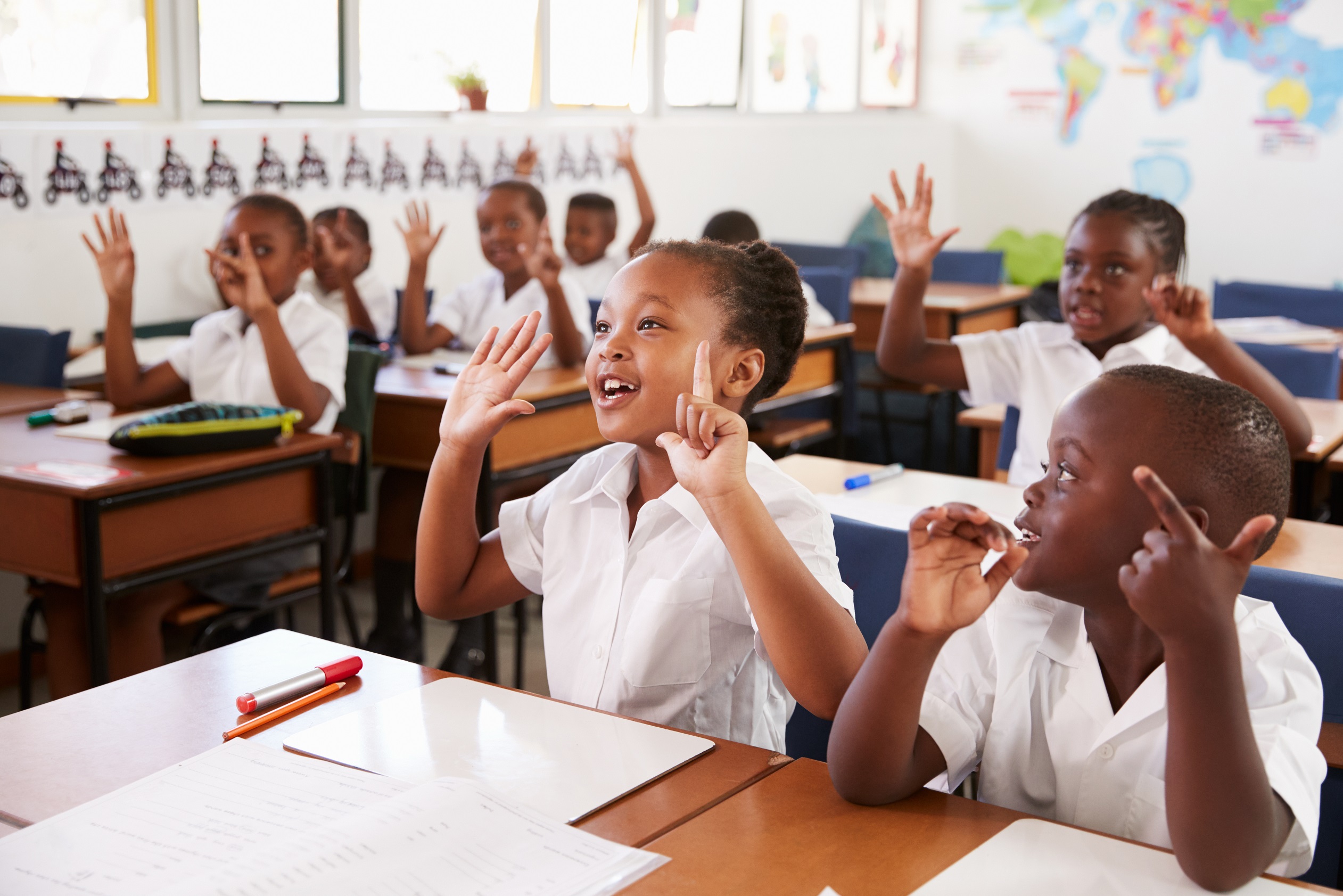
“When will schools reopen?” It’s a question that parents, employers, and school leaders are struggling to answer amid a national pandemic that doesn’t seem to be letting up soon.
We’re all struggling in this new normal, where our homes are standing in for schools and workplaces. Sometimes there simply isn’t enough room at the dining room table for homework, dinner, and a day job (if you have the luxury of working from home). I love my child, but, like many parents, I’m desperate for the day his school reopens. The longer this drags out, though, the more I’ve been thinking about the even bigger trauma faced by families whose schools close for good.
This period of social distancing is giving us a glimpse of what it’s like when a school is shuttered permanently—a tragedy tens of thousands of families have had to deal with over the last two decades. Like the coronavirus, the impact of permanent school closures disproportionately hits Black and urban neighborhoods. Of the 22,101 public schools that have closed since 2004, 3,927 (17%) were in Black-majority census tracts, and 3,395 of those schools (86%) were in urban areas.
Schools are linchpins of a community’s overall physical landscape, or what sociologist Eric Klinenberg defines as “social infrastructure”: the physical places and organizations that shape the way people interact. We use schools for polling stations and neighborhood association meetings. Children still use playgrounds even when school is out. Schools hold the history and culture of a place through yearbooks, trophy cases, and photo archives. School traditions connect one generation to the next, providing a sense of community stability and cohesion.
While some closures are often unavoidable (many districts close schools due to low enrollments), academic achievement is increasingly a factor. Whatever the reason, something needs to fill the educational, economic, and social voids. Too often, however, a hole that’s never filled is left behind.
Research suggests closing schools can be a mixed bag for students. Although there are a few benefits—e.g., middle schoolers who end up going to higher-performing high schools can later show improved academic performance—students are largely harmed when they’re sent to other schools. And neighborhoods (and cities more broadly) very rarely do better when they lose such a critical anchor institution.
A 2013 Pew Charitable Trusts report examined the impact of shuttered schools on communities across the country and the factors that go into a district’s decision on what to do with the vacant structures. In general, the report found that the faster a district can close on the sale of a former school, the better. It’s very costly for districts and cities to hold on to empty buildings. Districts that ostensibly couldn’t afford to keep a building open are in no position to pay for the necessary maintenance, security, and insurance to keep it vacant as they search for a new occupant or wait until the school-age population increases so the school can be put back into use if it was closed because of low enrollment.
Leasing is difficult because the costs of renovation are often cost prohibitive. For every dollar spent on upkeep, a dollar is lost in profit in a potential sale. In places where the demand for real estate is high, districts can sell vacant properties quickly and maximize their sale value. However, declines in the school-age population often correspond with an overall population decline, which doesn’t bode well for demand. And larger buildings are harder to sell because, typically, there are fewer groups in the area able to buy them or use them in another form.
Leaders of Black-majority cities must have a plan to address preexisting vacant properties and help communities heal after this current economic crisis. Some districts may not be able to afford to keep schools open, but they also can’t afford to have these properties sitting dormant. Municipalities can create opportunities to convert shuttered schools to meet neighborhoods’ needs before outside investors do.
Leaders of Black-majority cities must have a plan to address preexisting vacant properties and help communities heal after this current economic crisis.
The primary school I attended—Wilkinsburg, Pa.’s Johnston Elementary—is now Community Forge, a nonprofit business incubator dedicated to growing local startups. Incubators like Community Forge provide a physical office space and offer services such as printing, internet, and management training to tenants, often seeking social as well as business returns on its investments. “What we’re incubating here is not just about money,” Community Forge co-founder Mike Skirpan told me. “It is also about incubating community.”
There are other possibilities for closed schools: grocery stores, job training centers, drug counseling centers, manufacturing plants, art galleries, etc. In Puerto Rico, which closed more than 600 schools after a mass exodus of children, communities have successfully pushed for empty buildings to become community centers.
These ideas can help cities repurpose community assets to meet their economic, educational, and social infrastructure needs. But in addition to ideas, communities must also have the resources to retain these pieces of social infrastructure—which means restoring value to these historically disadvantaged places. When Black children, their parents, and their neighborhoods are valued, even closed schools can become beacons for the community.
"What" - Google News
June 26, 2020 at 01:00AM
https://ift.tt/31g6emB
What should communities do when a school closes for good? - Brookings Institution
"What" - Google News
https://ift.tt/3aVokM1
https://ift.tt/2Wij67R
Bagikan Berita Ini














0 Response to "What should communities do when a school closes for good? - Brookings Institution"
Post a Comment